India’s renewable sector is growing at a stupendous rate but also faces serious challenges related to grid-management, which thus far has not kept pace with the nation’s solar and wind power development.
Intermittent power outages and the inaccessibility of the grid to remote areas are commonplace. These challenges can be tackled with improved integration of stand-alone systems combined with energy storage technology – a space in which global power provider Wärtsilä is planning to populate.
The Indian Energy Storage Association (IESA) recently raised the issue of a lack of policy framework in the energy storage sector of India – a topic that was also discussed and pledged during last month’s Energy Storage Forum to push forward India’s Energy Storage sector as quick as possible.
The IESA estimates that India could attract investments to the tune of $4-6 billion in the next five years.
Javier Cavada Camino, President, Energy Solutions, and Executive Vice-President of Wärtsilä Corporation, said: “Adding energy storage technology enables customers to have instant power while saving fuel and maintenance costs. The growing capacity of renewable generation, including solar PV, becomes more sustainable and attractive when integrated with advanced energy storage.”
Wärtsilä stated that flexible generation options must be encouraged to ensure geographical distribution and balancing of loads across India. It also highlighted the constraints faced by hydro plants, which are technically best-suited for plugging such gaps, regarding site, seasonality, and competing demand from irrigation needs.
Such a need can be fulfilled by battery storage systems or gas-run IC engines, which are popular in many countries, especially in the context of renewable energy balancing. The Indian grid, which has among the largest renewable energy penetration in the world, and has adequate capacity but not sufficient flexibility, will benefit from such solutions.
Cavada mentioned that solar units with battery storage may typically cost 20% more per MW than a project without it, but they do bring more efficiency in the long term and can reduce imbalances in the power sector. “The battery helps generate 30% more power with the same investment. Our solution has a payback period of less than two years,” Camino told the Economic Times.
Neeraj Sharma, President & Managing Director, Wärtsilä India Pvt Ltd, added: “Wärtsilä energy storage solutions will significantly improve efficiency by increasing back-up capacity and creating new opportunities in electricity markets. Energy storage has become an integral part of every power system, with features like frequency support and reserves, peak demand management, demand charge reduction (C&I) and energy shifting. Customer benefits include peak demand management, demand charge reduction (C&I), electricity market opportunities and back-up capacity.”
Wärtsilä Energy Solutions has become a leading global system integrator after the acquisition, in May 2017, of Greensmith Energy Management Systems Inc., one of the biggest in grid-scale energy storage software and integrated solutions.
This content is protected by copyright and may not be reused. If you want to cooperate with us and would like to reuse some of our content, please contact: editors@pv-magazine.com.
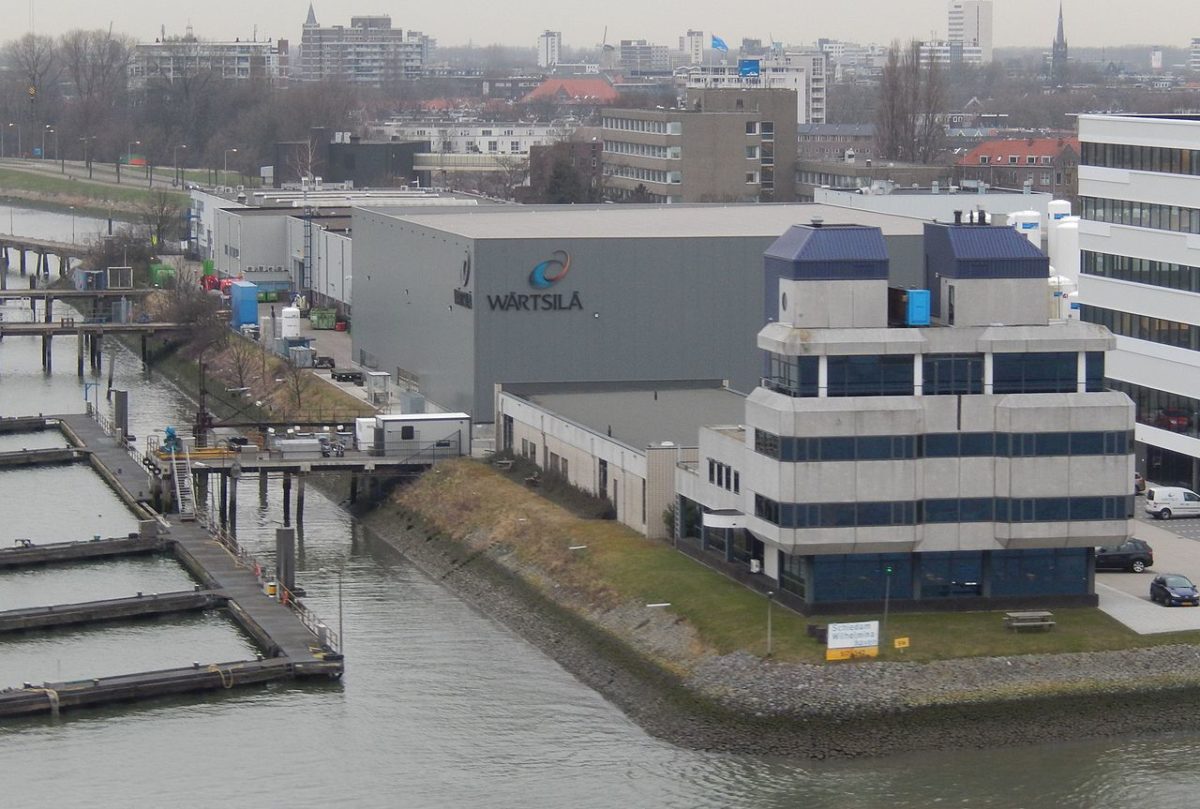
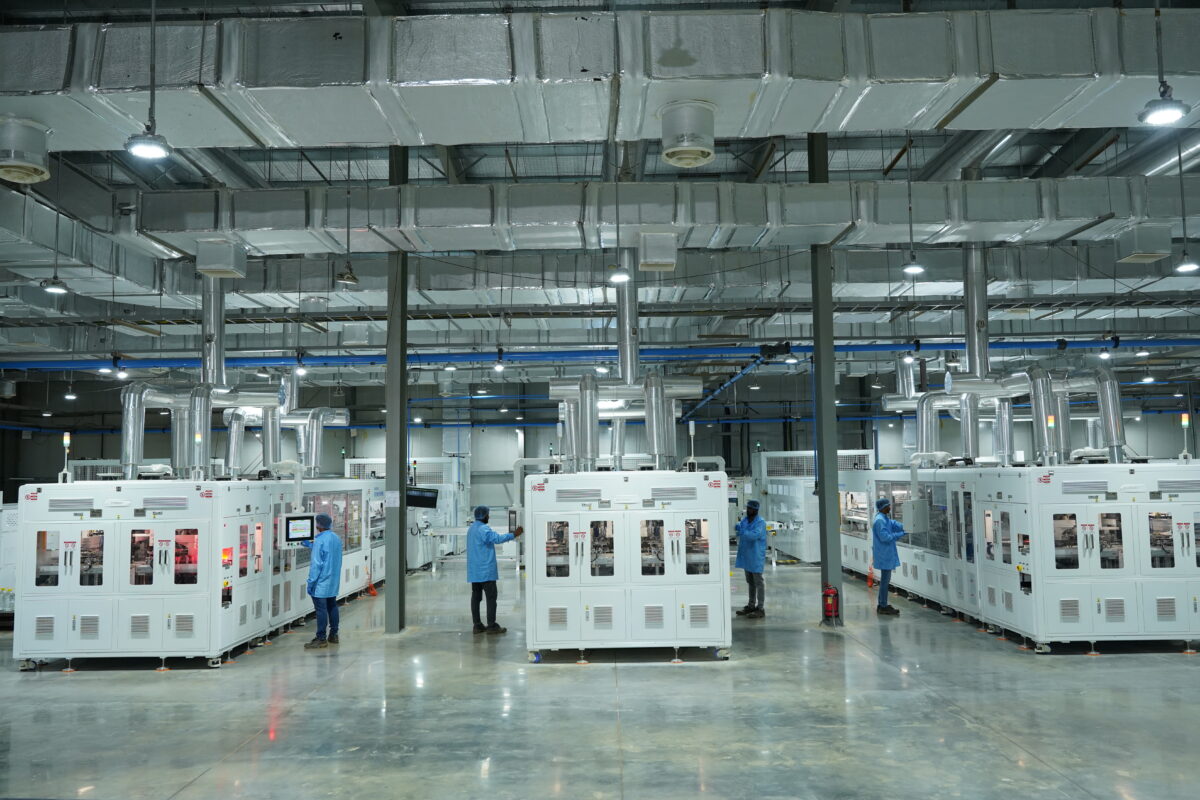



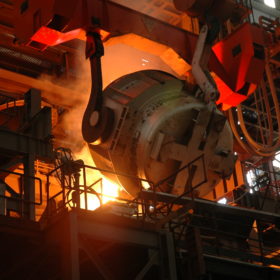
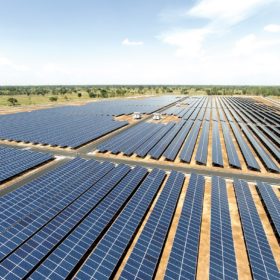
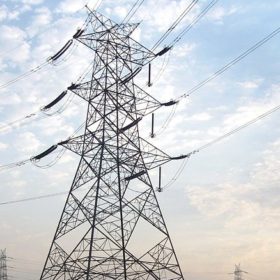
By submitting this form you agree to pv magazine using your data for the purposes of publishing your comment.
Your personal data will only be disclosed or otherwise transmitted to third parties for the purposes of spam filtering or if this is necessary for technical maintenance of the website. Any other transfer to third parties will not take place unless this is justified on the basis of applicable data protection regulations or if pv magazine is legally obliged to do so.
You may revoke this consent at any time with effect for the future, in which case your personal data will be deleted immediately. Otherwise, your data will be deleted if pv magazine has processed your request or the purpose of data storage is fulfilled.
Further information on data privacy can be found in our Data Protection Policy.